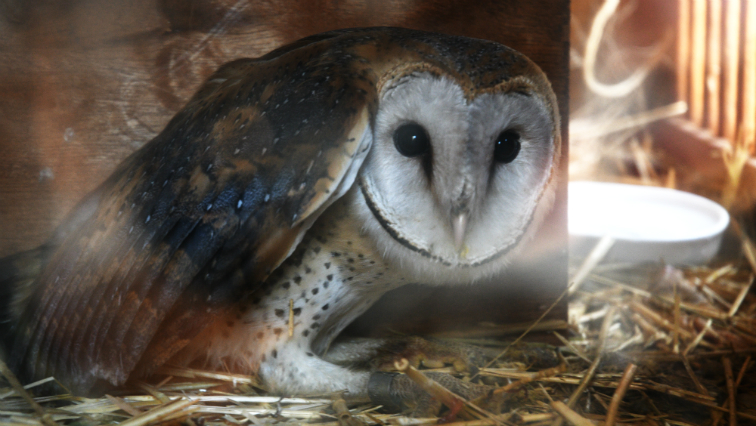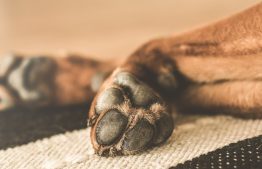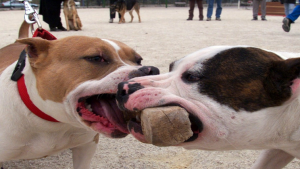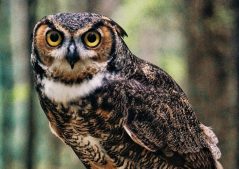In South Africa, owls are feared and a majority of people believe that when this feathered creature lands on your roof, you are bestowed with a fatal curse.
Owls are believed to be a bad omen in many cultures globally as they are associated with witchcraft. This has led to the cruelty and killing of owls which play a vital part in our ecosystem and are a natural solution to help control rodent populations.
Animal organisations are now working together to try to break the stigma and highlight the benefits of this winged rat killer in urban areas with education programmes.
General Manager for the Sandton SPCA Jaco Pieterse explains that by empowering the youth with knowledge it will result in a better future for humans and animals alike.
“We do find that in impoverished areas, that the children are not taught the importance of treating animals humanely. We believe that if animals are treated with compassion and love – this will then be transferred to fellow human beings.”
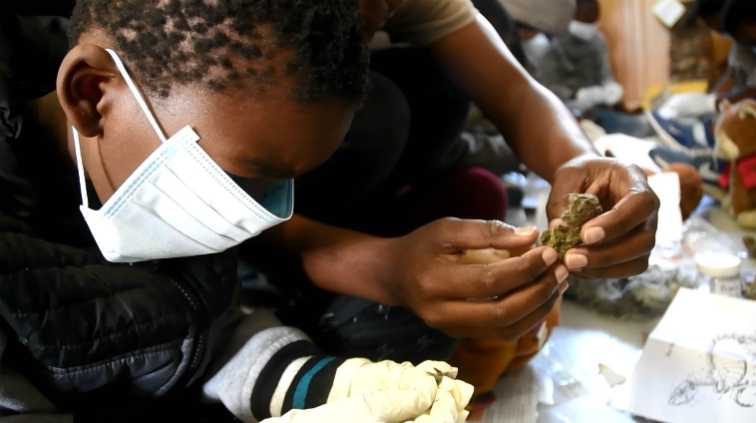
After rescuing an injured owl in Alexandra Township from children throwing rocks at it, the Sandton SPCA and OwlProject.org intervened to help educate the children on animal welfare issues.
The children even experienced the opportunity with the dissected owl pellets. Within each owl pellet, there are bones and a guideline which the children use to identify what the owl is eating.
Owl Friendly Children
Project Co-ordinator for the Owl Project Delina Chipape hopes that by creating owl friendly children they will go on to bring people who have latched onto the owl stigma out of the darkness and into the light. She explains that owls are nocturnal birds that only fly at night, because they are only able to eat at night as their sight only allows them to be active at night.
“When visiting townships we find that people are mostly scared of owls because they only hear them at night. Sometimes you find that these people are up all night with someone who is sick or very old and close to passing. So when they hear the owls they believe that they are a sign of death – but they are not a sign of death, they are only there to hunt the rats.”
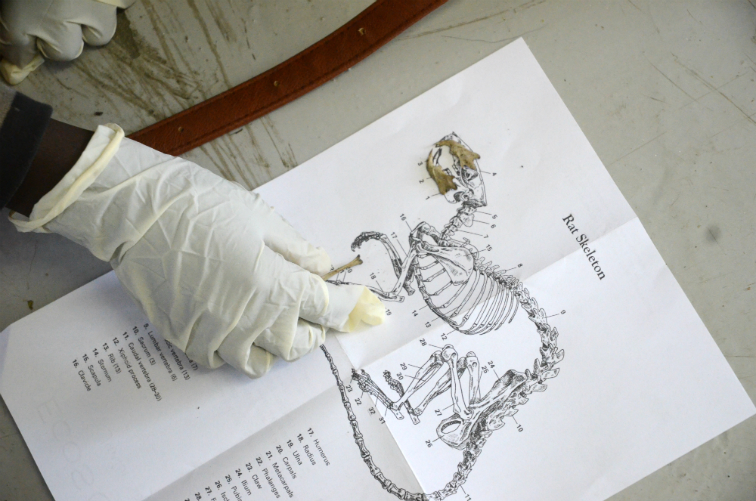
Pieterse says that the myth surrounding owls needs to be clarified as owls are a benefit to communities.
“The kids who were involved with the stoning of this owl didn’t know any better. Through our education programme, we are able to turn their perception around, make them love owls and help them see the importance of owls. They then go out into their own communities and promote the well-being of owls.”
Baby eaten alive by rats
In 2016, a three-month-old baby was eaten alive by rats in Katlehong Township in Johannesburg. The mother was arrested for child neglect after she left her alone in the house and went out at night. The mother discovered the horrific scene when she arrived back in the morning.
Chipape explains that the Owl Project also runs a Township Owl Box Campaign where they help residents who have a problem with owls nesting in their ceilings.
The Owl Project will remove owls from the ceilings and provide the residents with owl boxes in which an owl friendly environment is created for the predator who hunts at night.
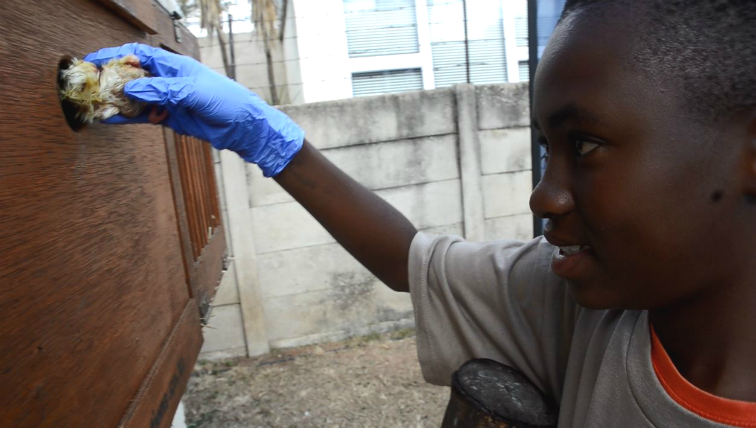
With urbanisation taking up more land, wildlife such as owls have lost their natural habitats as animals and human come into conflict for space.
Chipape says, “People shouldn’t be scared of owls because they assist us with the rodent infestation in the townships. Rats are drawn to townships because of all the litter in the street. In addition to managing the rodent numbers in a healthy way, owls are a natural solution to avoid deadly poisons.”
Children die after ingesting rat poison
Ecologist at Eco Solutions Francois Combrink explains how the Owl Project started in response to children dying after ingesting rat poison in the Sebokeng Township.
“The rat population skyrocketed in the townships and people were fed up. They were looking for the cheapest and easiest solution and thus opted for rat poison. If you work out the stats, there’s at least one child who is admitted to hospital per day for ingesting poison. We want a poison free society and we achieve that through the Owl Project as we put a strong emphasis on the education component .”
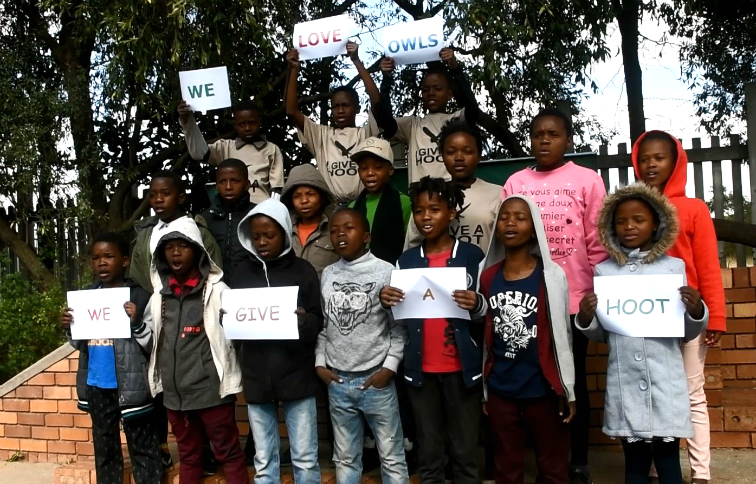
Pieterse explains that this project shows the importance as to why different organisations need to work together for the well-being of animals.
“Were we’ve partnered with an organisation who mainly deals with owls, they share their expertise and knowledge with us and we share our knowledge of animal welfare with them and by collaborating together we are achieving so much more for the benefit of animals.”
“This rescued Alex owl is actually going to be a resident owl at the Sandton SPCA who will be released on our property as we are installing an owl box. He can then sleep there at night and he will have free reign of the area and hopefully, he will stay here with us.”
Watch the video report here:


